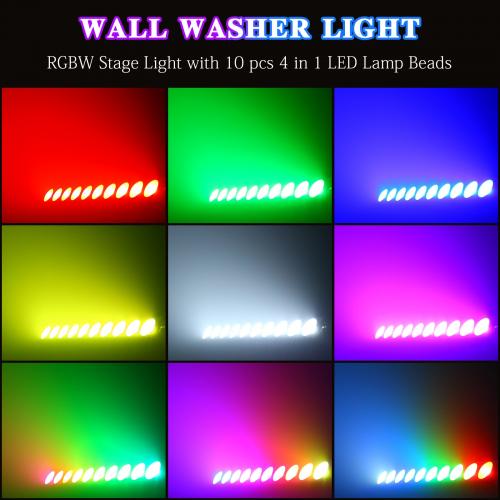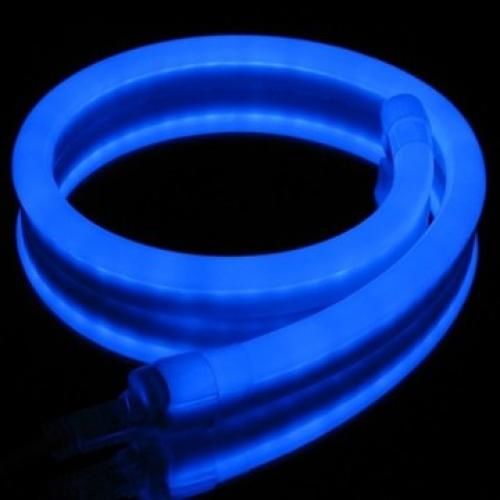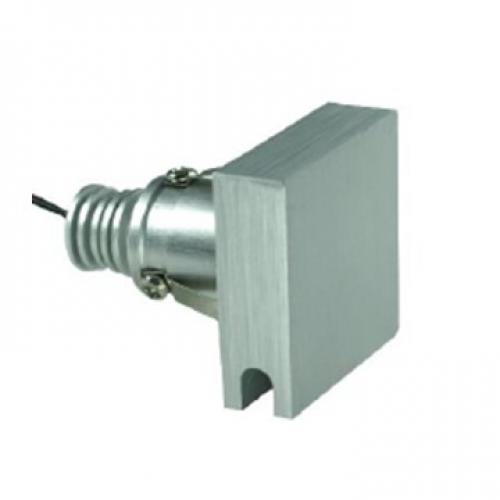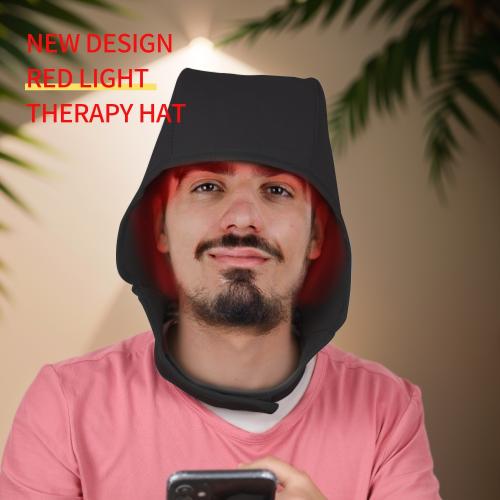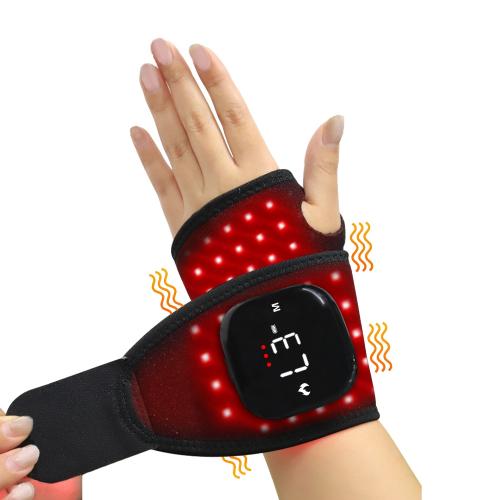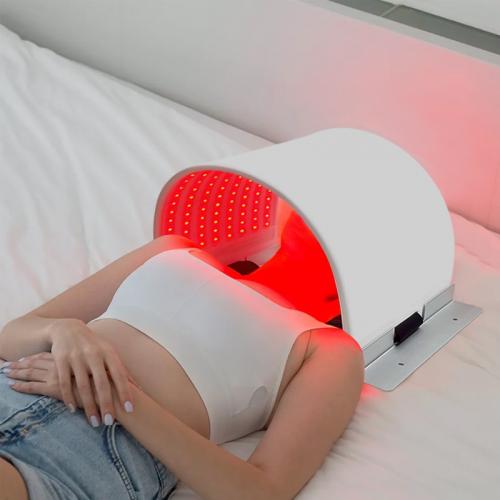What is red light therapy for hoof abscess?

Red light therapy, also known as low-level laser therapy (LLLT) or photobiomodulation, is a non-invasive treatment that uses specific wavelengths of light to penetrate the skin and tissues. This therapy has gained attention in the veterinary field, particularly for its potential benefits in treating hoof abscesses in horses. Hoof abscesses are a common and painful condition that can cause significant discomfort and lameness in horses. Understanding how red light therapy can be applied to this condition is crucial for horse owners and veterinary professionals seeking effective treatment options.
Hoof abscesses occur when bacteria enter the hoof through small cracks or injuries, leading to an infection that causes pus to accumulate. This buildup of pressure can be extremely painful for the horse and, if left untreated, can lead to more severe complications. Traditional treatments for hoof abscesses include soaking the hoof in Epsom salts, applying poultices to draw out the infection, and sometimes, surgical intervention to drain the abscess. While these methods can be effective, they often require a significant amount of time and effort, and in some cases, the abscess may recur.
Red light therapy offers a promising alternative or complementary treatment for hoof abscesses. The therapy works by emitting red and near-infrared light, which penetrates the skin and underlying tissues. This light energy is absorbed by the cells, leading to a series of biological reactions that can promote healing. The primary benefits of red light therapy for hoof abscesses include reducing inflammation, alleviating pain, and accelerating the healing process. These effects are achieved through several mechanisms:
-
Increased Circulation: Red light therapy enhances blood flow to the affected area, which can help deliver oxygen and nutrients to the tissues, promoting healing. Improved circulation also aids in the removal of waste products and toxins, which can expedite recovery from an infection.
-
Reduction of Inflammation: The therapy has been shown to reduce inflammation by decreasing the production of pro-inflammatory cytokines and increasing the presence of anti-inflammatory mediators. This can help reduce the swelling and pain associated with hoof abscesses, providing relief to the horse.
-
Pain Relief: By reducing inflammation and promoting tissue repair, red light therapy can alleviate the pain caused by hoof abscesses. This is particularly important for improving the horse's comfort and mobility during the healing process.
-
Cellular Repair and Regeneration: Red light therapy stimulates the production of adenosine triphosphate (ATP), the energy currency of cells, which can enhance cellular repair and regeneration. This can lead to faster recovery times and a reduced likelihood of complications.
-
Antibacterial Effects: Some studies suggest that red light therapy may have antibacterial properties, which can help combat the infection causing the abscess. This could potentially reduce the need for antibiotics and other medications.
For horse owners and veterinarians considering red light therapy for hoof abscesses, it's important to understand the practical aspects of the treatment. The therapy is typically administered using a handheld device that emits the appropriate wavelengths of light. The device is held close to the affected area for a specified duration, usually ranging from a few minutes to half an hour, depending on the severity of the condition and the specific device being used. The treatment is generally painless and well-tolerated by horses.
However, there are some considerations and limitations to keep in mind. While red light therapy can be a valuable tool in managing hoof abscesses, it should not replace traditional veterinary care, especially in severe cases. A thorough examination by a veterinarian is necessary to diagnose the abscess and determine the best course of treatment. In some instances, red light therapy may be used in conjunction with other treatments, such as antibiotics or surgical drainage, to achieve optimal results.
Additionally, the effectiveness of red light therapy can vary depending on factors such as the wavelength of light used, the duration and frequency of treatments, and the specific condition of the horse. Therefore, it is essential to follow the guidance of a qualified professional when implementing this therapy.
In conclusion, red light therapy presents a promising option for treating hoof abscesses in horses. Its ability to reduce inflammation, promote healing, and provide pain relief makes it an attractive alternative or complement to traditional treatments. However, it is crucial to approach this therapy with an informed understanding and to consult with veterinary professionals to ensure the best outcomes for the horse. As research in this field continues to evolve, red light therapy may become an increasingly integral part of equine healthcare, offering new possibilities for improving the well-being of horses suffering from hoof abscesses.

 Afrikaans
Afrikaans Čeština
Čeština Dansk
Dansk Deutsch
Deutsch Español
Español Francais
Francais Italiano
Italiano Magyar
Magyar Nederlands
Nederlands Norsk
Norsk Polski
Polski Português
Português Română
Română Slovák
Slovák Suomi
Suomi Svenska
Svenska Tiếng Việt
Tiếng Việt Türk dili
Türk dili Ελλάδα
Ελλάδα Русский
Русский اللغة العربية
اللغة العربية แบบไทย
แบบไทย 中文繁體
中文繁體 日本語
日本語 한국인
한국인
